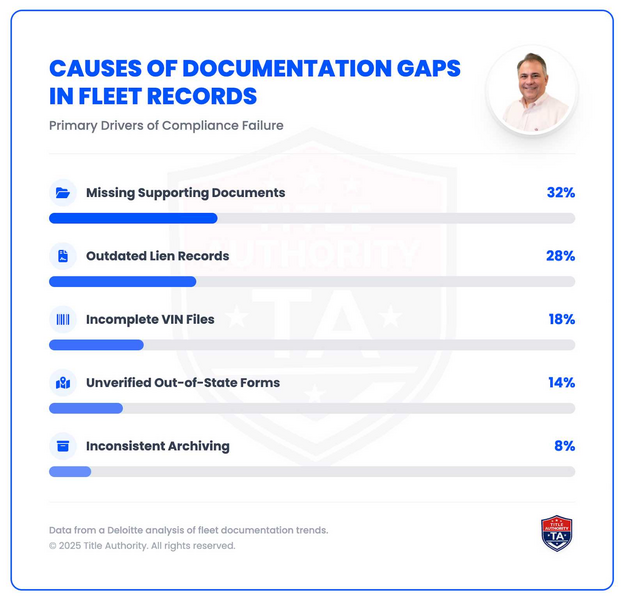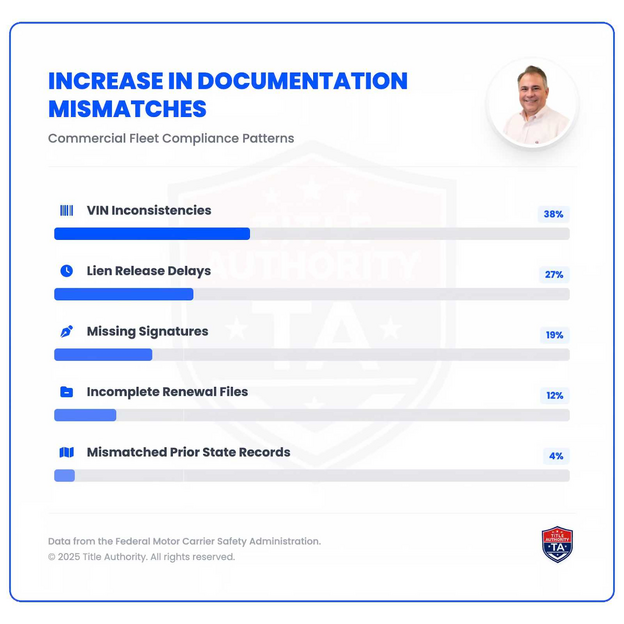
Car insurance laws differ significantly across the United States, and understanding the rules that apply in your specific area is essential for compliance and financial protection. Whether you’re a new driver, recently moved to a different state, or just want to ensure your coverage meets current standards, knowing the local insurance requirements can save you from costly fines and legal issues.
This guide covers key aspects of local auto insurance laws, minimum coverage limits, penalties for noncompliance, and the importance of understanding how insurance impacts liability after an accident.
Understanding State-Specific Insurance Laws
Every U.S. state sets its own minimum requirements for car insurance. These laws dictate what type and how much coverage a driver must maintain to legally operate a vehicle.
Mandatory vs. Optional Coverage
Most states require drivers to carry liability insurance, which covers bodily injury and property damage you cause to others. However, some states also mandate personal injury protection (PIP) or uninsured/underinsured motorist (UM/UIM) coverage.
In contrast, optional coverages such as comprehensive and collision insurance protect your vehicle from theft, vandalism, or damage from accidents you cause—but they are not always legally required.
No-Fault vs. At-Fault States
Insurance systems fall into two main categories:
At-Fault States – The driver who caused the accident is responsible for the resulting damages. Their liability insurance pays for the other party’s losses.
No-Fault States – Each driver’s insurance covers their own injuries and losses, regardless of who caused the accident.
Understanding which type of system your state uses determines whether you’ll need PIP coverage and how insurance claims are handled after a crash.
Minimum Liability Coverage Requirements
While specific limits vary, all states that require auto insurance set minimum liability coverage amounts expressed as three numbers:
For example, “25/50/25” means:
$25,000 for injury or death of one person,
$50,000 total for injury or death per accident, and
$25,000 for property damage.
These minimums ensure that victims of an accident can receive compensation. However, experts often recommend purchasing higher limits to avoid personal financial risk if damages exceed your policy cap.
To find up-to-date information about your state’s insurance laws, refer to government sources such as the National Highway Traffic Safety Administration (NHTSA), which provides safety and insurance resources for drivers nationwide.
Penalties for Driving Without Insurance
Driving without valid insurance can lead to severe consequences. Penalties vary but commonly include:
Fines and Fees: Many states impose monetary penalties ranging from $100 to over $1,000.
License Suspension: Your driving privileges may be suspended until proof of insurance is provided.
Vehicle Impoundment: Law enforcement can seize your car until you show valid insurance.
Increased Premiums: Once reinstated, your insurance costs will likely rise substantially.
Repeat offenders may also face criminal charges or extended license suspensions. Some states even require SR-22 filings, special forms proving you carry the minimum required coverage, typically for several years.
Additional Local Insurance Considerations
Local laws can also impose additional insurance rules based on factors like:
Vehicle type: Motorcycles, commercial trucks, and rideshare vehicles may require higher coverage.
Geographic risk: Areas prone to floods, hurricanes, or theft often see higher insurance rates or mandatory coverage types.
Driver status: High-risk drivers or those with previous violations may need specialized policies.
If you’re unsure how local conditions affect your policy, consult a regional expert or an attorney familiar with state insurance law. For example, after a serious accident in South Florida, consulting a qualified West Palm Beach car accident lawyer can help you navigate the complexities of Florida’s no-fault system and protect your rights.
The Importance of Proof of Insurance
Most states require you to carry proof of insurance in your vehicle at all times. Electronic verification is now accepted in many areas, allowing drivers to show digital ID cards on smartphones.
During traffic stops or accidents, failure to provide proof can lead to fines or temporary license suspension, even if you do have valid coverage. Always ensure your insurance information is current and accessible.
Special Coverage Types Drivers Should Know
Understanding optional but beneficial coverage types can help protect your finances after an accident.
Uninsured and Underinsured Motorist Coverage (UM/UIM)
This protects you if the at-fault driver lacks sufficient insurance. In states with a high number of uninsured motorists, this coverage is crucial for covering medical bills and damages.
Medical Payments and PIP Coverage
These cover immediate medical costs for you and your passengers, regardless of fault. Some states require PIP under their no-fault systems, while others list it as optional.
Comprehensive and Collision Coverage
While not mandatory, these coverages safeguard your vehicle against physical damage caused by accidents, theft, or natural disasters. They’re especially recommended for newer or financed vehicles.
How Local Insurance Impacts Legal Liability
Auto insurance laws don’t just protect drivers financially—they also play a key role in determining legal liability after accidents. In at-fault states, the insurance company of the responsible party handles claims for injuries and property damage.
In no-fault states, injured parties usually turn to their own insurers first, but they can pursue lawsuits if injuries exceed certain thresholds or damages are severe.
Having proper coverage ensures you meet your state’s financial responsibility laws and reduces the likelihood of personal lawsuits or unpaid claims.
How to Find Reliable Insurance and Legal Assistance
Navigating local insurance requirements can be confusing, especially when laws change or when moving across state lines. Drivers should regularly review their policies and consult experts when necessary.
Professional legal groups specialize in personal injury and insurance-related cases, helping individuals understand coverage disputes, liability issues, and claim procedures.
When comparing insurance companies, consider these factors:
Financial stability and reputation
Customer service and claim satisfaction ratings
Availability of discounts and flexible payment options
Understanding of local legal requirements
Tips for Staying Compliant with Local Laws
To ensure you remain in good standing:
Review your policy annually to verify it meets current state minimums.
Report address changes promptly to your insurance company.
Keep proof of insurance in your car and on your phone.
Renew on time to avoid lapses in coverage.
Educate yourself about your state’s insurance updates, especially if legislative changes occur.
Even small oversights—like forgetting to renew a policy—can lead to legal and financial consequences.
Conclusion
Understanding local auto insurance requirements isn’t just a bureaucratic necessity—it’s an essential safeguard for your financial and legal well-being.
From liability limits to state-specific mandates, staying informed helps ensure you’re fully protected on the road. Whether you’re driving across state lines or simply updating your coverage, always verify that your policy meets the latest legal standards.
By doing so, you’ll not only comply with the law but also gain peace of mind knowing you’re prepared for whatever comes your way.




















